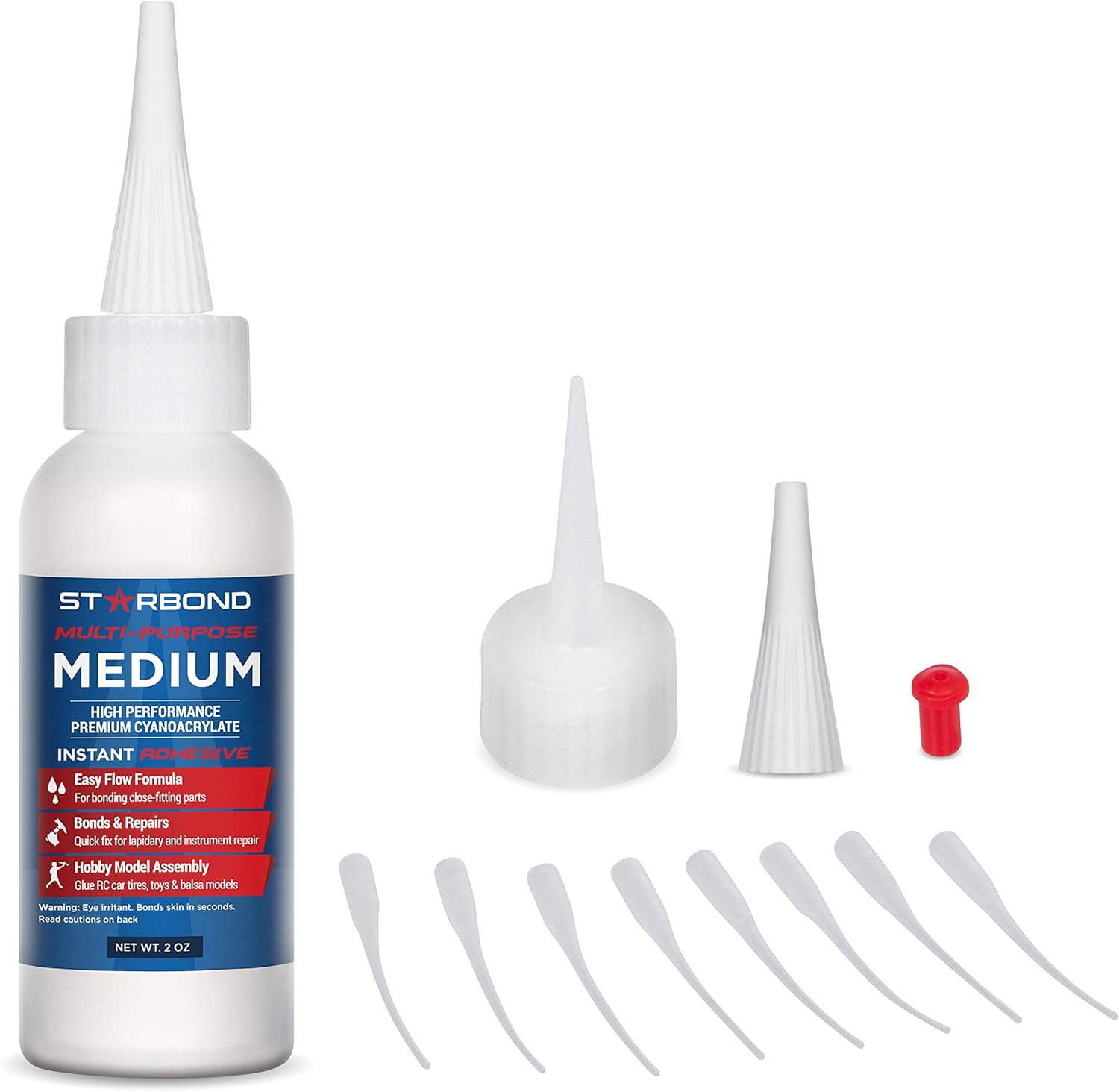Before we get started with this episode, I want to take some time here as well to acknowledge all the woodworking clubs and guilds who took me up on my offer to speak at their woodworking meeting over the past 8 months, during COVID and when most were having Zoom meetings. In all, I spoke to 23 US clubs, 2 in Canada and one in England. I did all these presentations for free, but some clubs insisted on gifting me something and I thank them all very much ... and all clubs who invited me to speak ... I look forward to some time in the future when I may have a chance to meet in person at shows, meeting or other events.
Subscriber Submitted Workshop Tips and Tricks #23
This first tip, from Sylvain, is something I wished I had known about 30 years ago. I can't imagine how many times I have dropped nuts or washers when trying to fit them onto bolts that are in awkward places, and of course, the washers fall off as soon as you try to attach the nut ...
But there is a solution ... Sylvain says to use a magnet on the nut, which then also holds the washer and you can easily install them both without fumbling around and trying to install them by letting magnetism work for you. Great idea ... thanks Sylvain 
Check out the woodworkweb Store at Amazon for Assorted Magnets 
This tip comes from Sean ... and attaching sandpaper to flat backing is not new, but attaching 3 different grits to the same backing is something I have not seen before. Most sandpaper does not come with a "sticky" back, so I use a spray adhesive that is fairly easy to get off and holds the sandpaper nicely in the meantime. There are lots of uses for this kind of sanding and I find myself using this method quite often to flatten or size pieces of wood. Thanks, Sean ...

Here's a tip from Todd for anyone ... who likes... seems to get their fair share of wood slivers that seem to want to come off of wood that I am cutting or working with. When you try to take these off or cut them off, I find they always leave a tell-tale sign of breakage along the edge. For years I have tried to glue these little pieces back on because if you take them off, there is so much wood you have to try and round over or flatten down to ... it can mess up a project. Todd's idea is to use a little flossing tool (with dental floss attached) and use it as a tool to get wood inside the crack, in a LIMITED amount, so it doesn't make a big glue mess, then wipe off any access and if you need to, use masking of some other tape for a short period to make sure the sliver is attached until it dries ... Thanks Todd, a useful idea.

Here's a tip from Robert, who like many of us, makes picture frames, but instead of using small finish nails to hold the glass to the wooden frame, Robert is using glass Glazier's Points. These were once very popular for holding the glass against the wooden frames in windows but are not that much used anymore, but are still available. They are easy to install with a flat blade screwdriver, or you could do like the Glass Glazers of the past, and use a putting knife to install them, either way, they are a great way of holding the glass against the frame and ending up with a near flush side for the matting or pictures to be installed .. thanks Robert, great idea.

Glazier's Points available from the woodworkweb Amazon Store HERE
And here is yet another idea I have never seen used in a workshop before ... not saying others have used it, I just have never seen a wooden Parallelogram (I think that is what it is called) that Randy has figured out. It's a pretty simple idea but boy, does it work slick. The main part of having something like this is to make sure it is absolutely parallel, otherwise, its effectiveness is diminished. I decided to make one to see how well it worked and I was so impressed, I am going to make another. The next one I make will have a wooden laminated arms so that they will not warp.

Next, you need to make sure that all the holes are drilled in each set of sides at the same time, this ensures parallelogram accuracy. I recessed the heads of my bolts so that I could use wing nuts on top, and use them single-handed but recessing the bolt heads into the wood and locking them in with Starbond CA glue.

Anyone who has a table saw fence that is a bit problematic to align, will likely want to make one of these for quickly setting up and aligning your fence. You could make a deluxe version the fits in a miter gauge slot and is dedicated as a table saw accessory ... it will be interesting to see what people come up with here, and of use on other tools as well ... thanks Randy, you may have sparked some interest in other with this idea.
Starbond CA glue available from the woodworkweb Amazon store HERE
I'm looking forward to hearing what other people come up for parallelograms ... and if you have other tips, I always love to what ideas you come up with
Copyright Colin Knecht
woodworkweb



